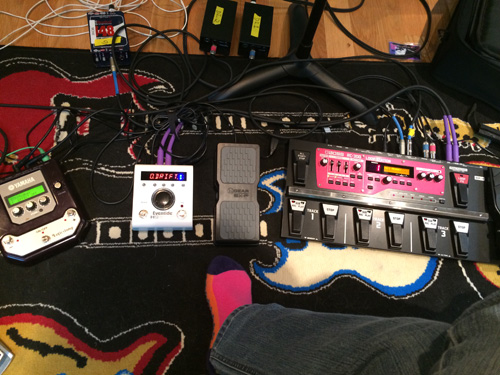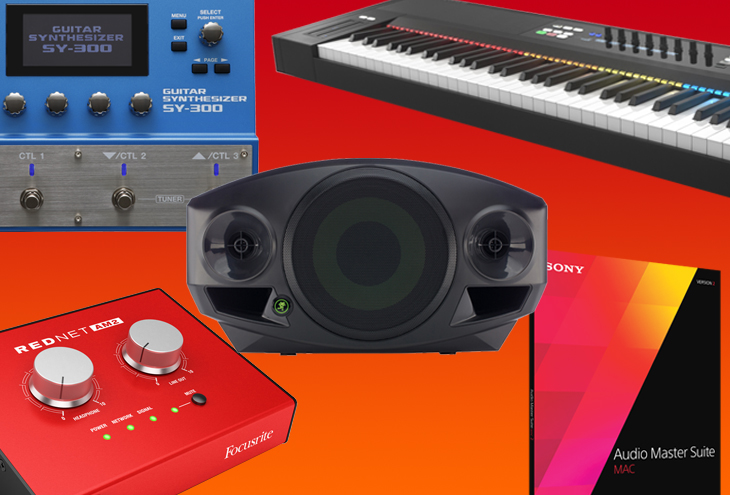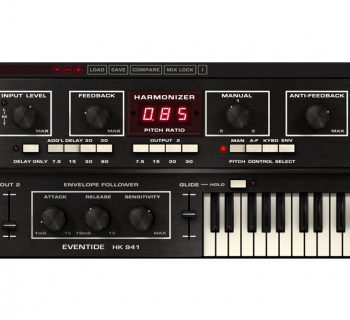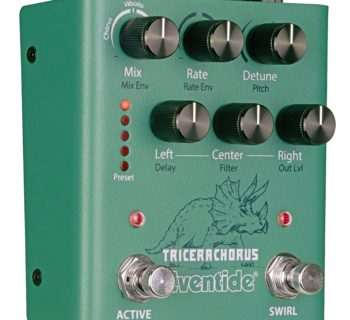Martha Mooke--an electro-acoustic violist and composer who’s played with David Bowie, Barbara Streisand, Peter Gabriel and many more--has guest blogged on Eventide Audio's website, describing how she does cool effect notations with an H9. Excerpt is below:
By Martha Mooke
When composing the title track of my new solo electric viola CD, "No Ordinary Window," I considered the Eventide H9 to be a member of my ensemble, a collaborating player/instrument. Although technically written for a solo instrument, the work is essentially chamber music. On the recording, and perhaps better illustrated when played live, the music on the page takes on a multidimensionality, incorporating harmonization, rhythmic complexity, as well as expanding and enhancing the natural sound of the viola.
The score contains Program notes that explain how I use the effects processing and how I had to create a new method of notation so that others can eventually perform the work. There is also a page that contains screen shots of the Effects settings that I’ve personalized. These include positions of the expression pedal, allowing for greater control within each effect.
For example, the final section of the piece, which I call "Window of Opportunity" utilizes the Shimmer algorithm. The resulting harmonization and rhythm grow out of the single line melody. I also use Resonator, HarModulator and Vintage Delay throughout the piece, and other algorithms throughout the recording.
I have also had to create notation to incorporate a dedicated looping device. There are times when I use the loop as a rhythmic ostinato, and there are also times when it’s used to trigger a single event, as indicated in the music notation. Throughout the recording, I use layers to build sonic complexity on top of the original loops.
Because of the way I integrate the H9 and other effects processors in my music, it’s become important to create ways of notating the precise settings and, in some instances, the actual resultant sound (i.e., playing one note while using a particular digital delay setting can result in a ping-pong stereo echo effect, or triggering a harmonic progression with a simple melody).
For more, visit eventideaudio.com.














